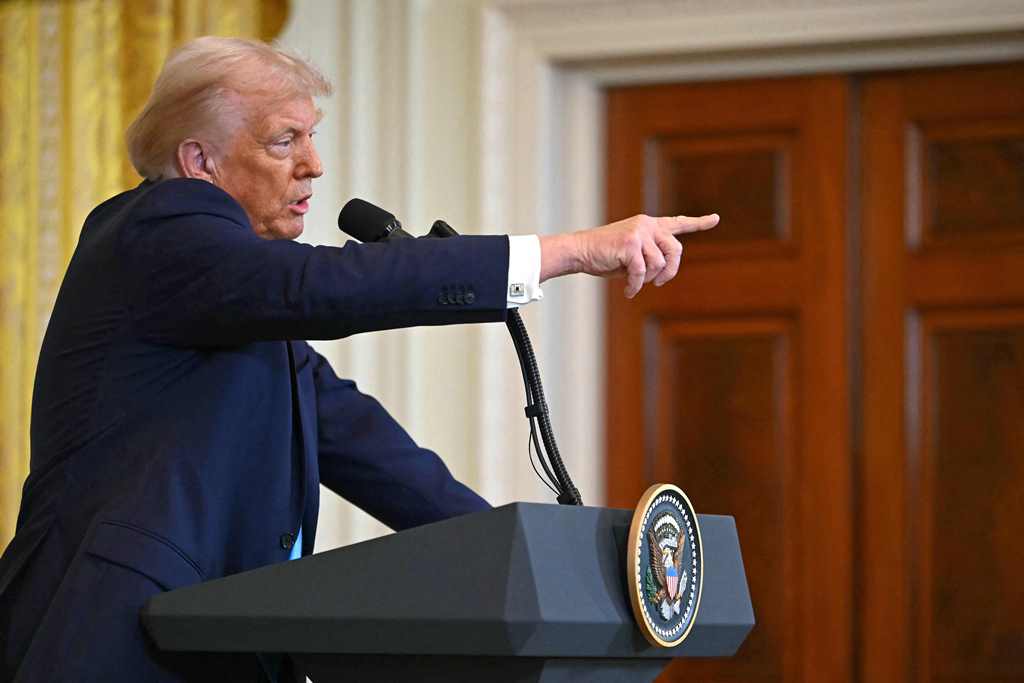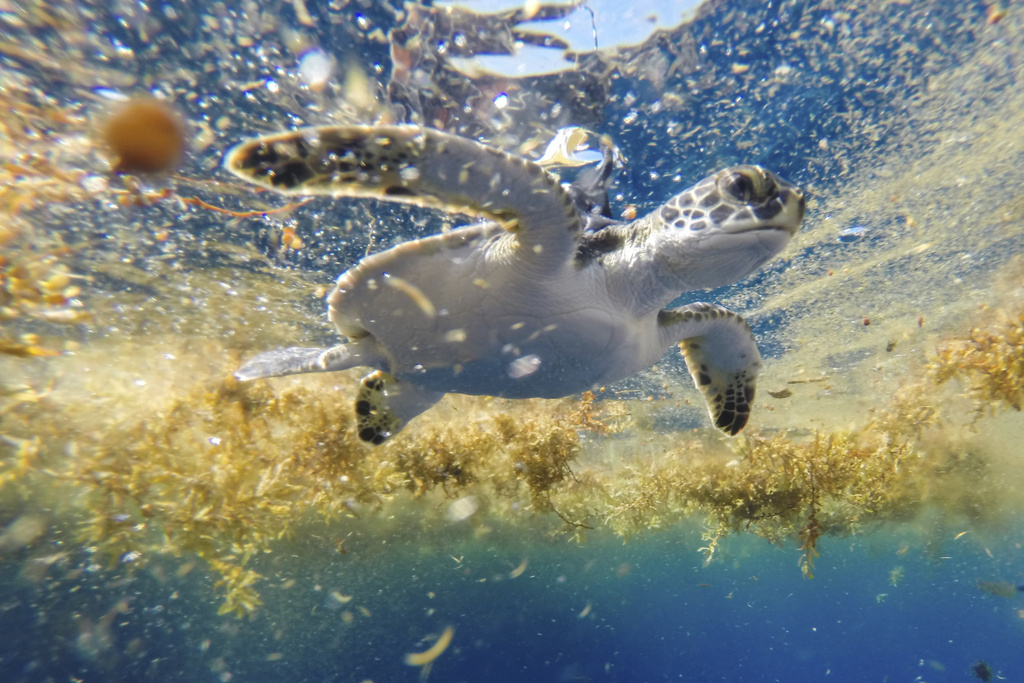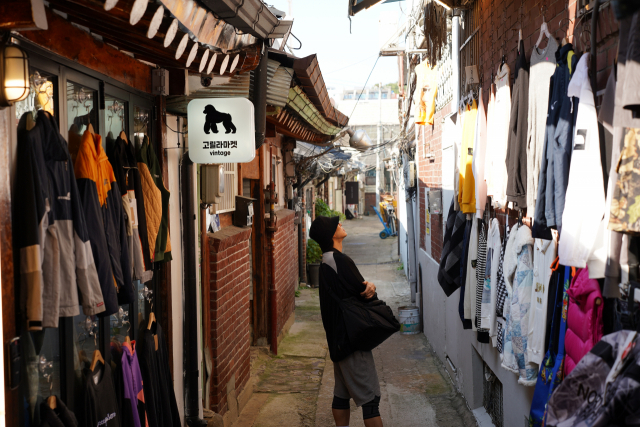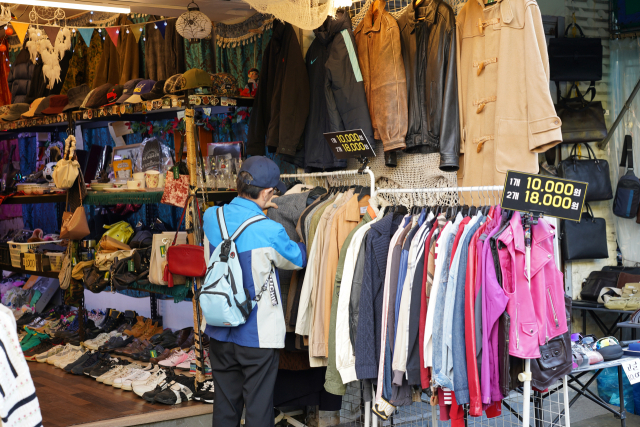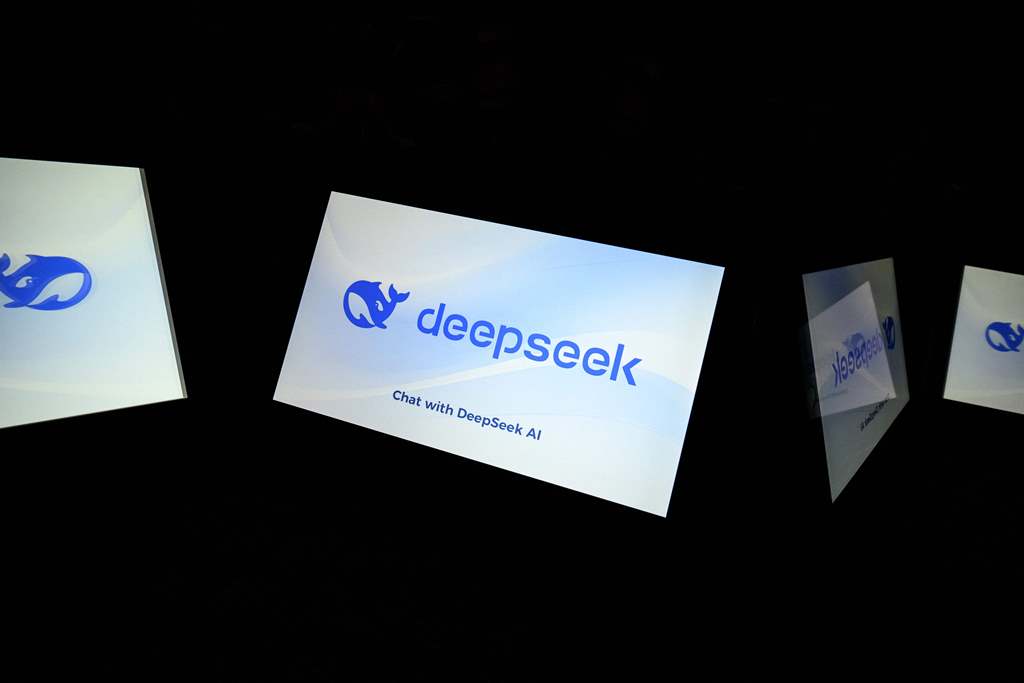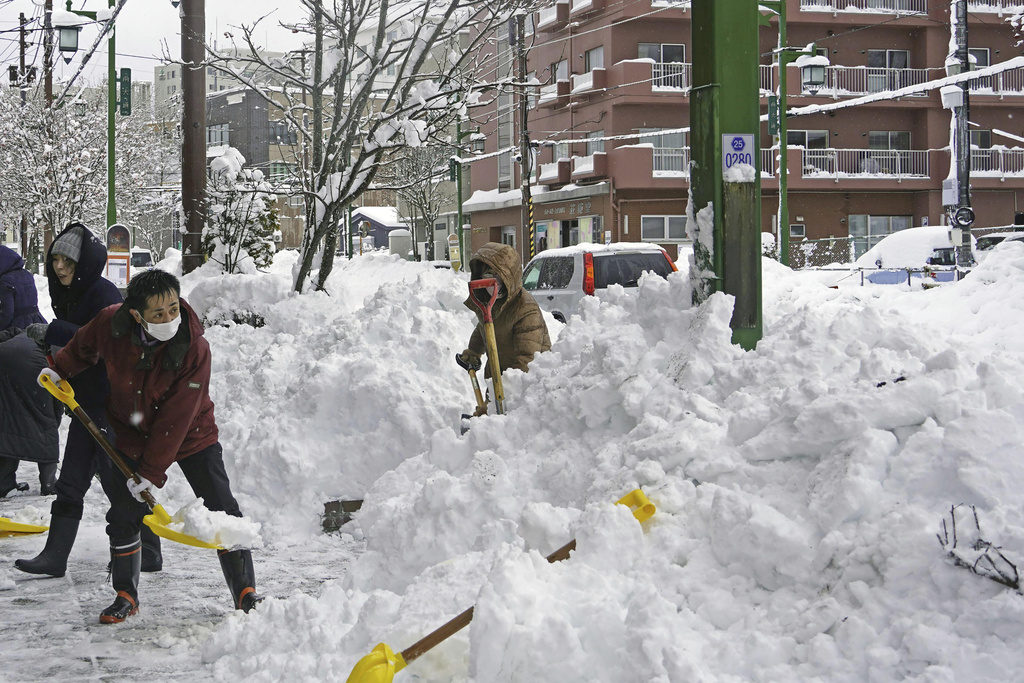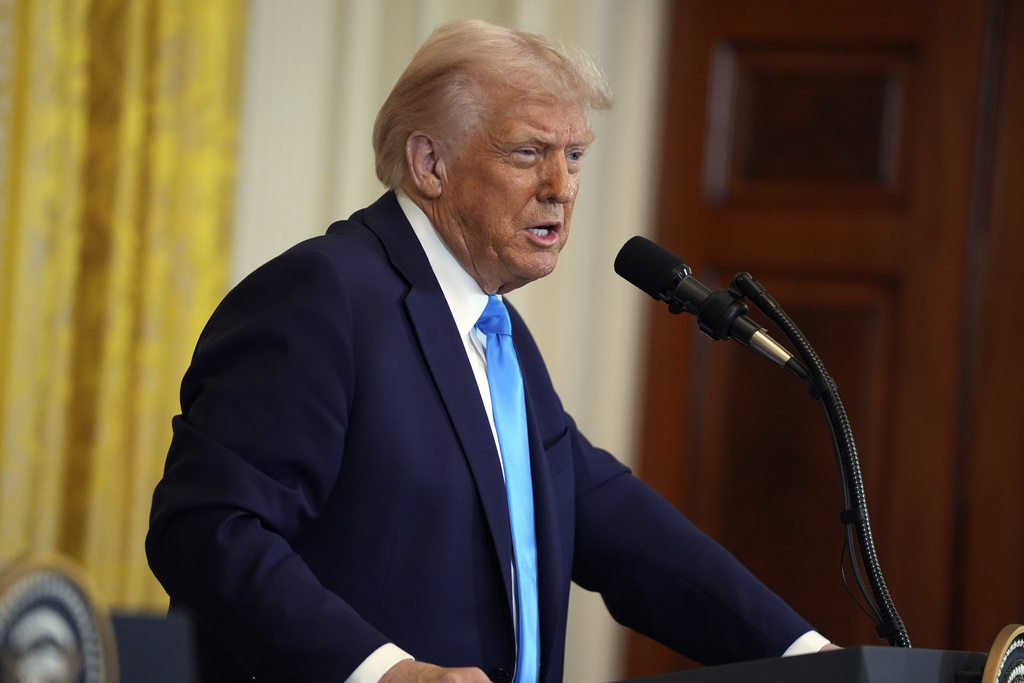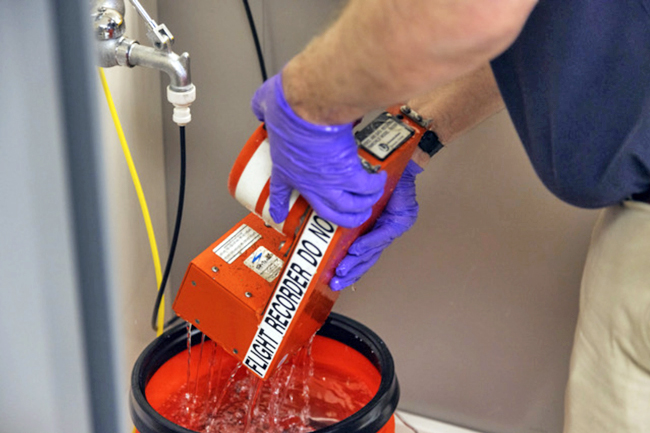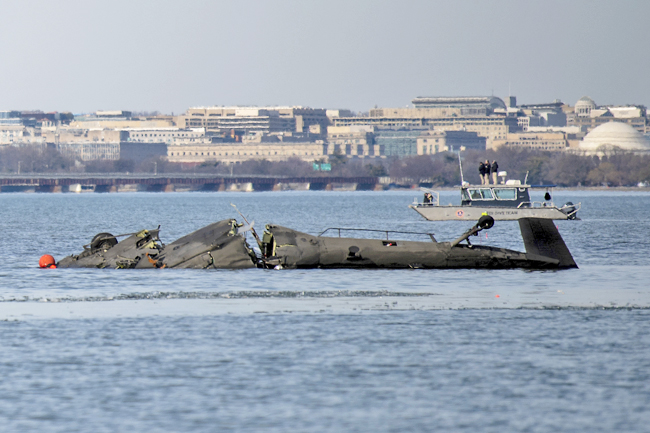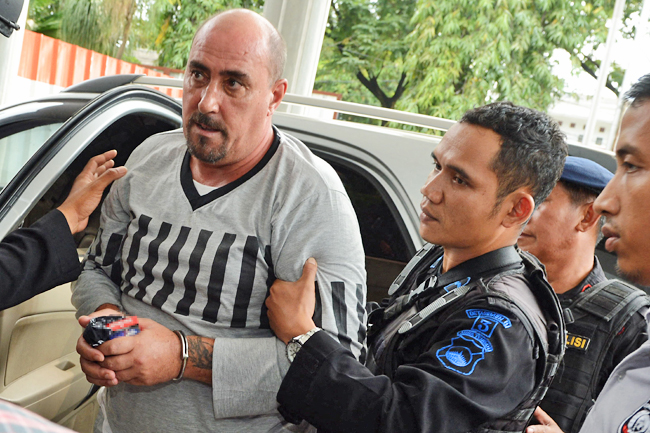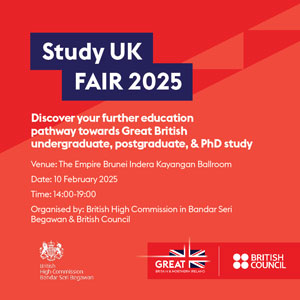LONDON (AP) — A panel of experts has disputed the medical evidence used to convict British nurse Lucy Letby of murdering seven newborns and trying to kill seven others, a doctor who led the examination said Tuesday.
The group found no sign of a crime and concluded that natural causes or bad medical care led to the demise of each of the newborns, Dr. Shoo Lee, a retired neonatologist from Canada, said.
“In summary, then, ladies and gentlemen, we did not find any murders,” Lee said at a London news conference.
Letby, 35, is serving multiple life sentences with no chance of release after being convicted of murder and attempted murder while working as a neonatal nurse at the Countess of Chester Hospital in northwestern England between June 2015 and June 2016.
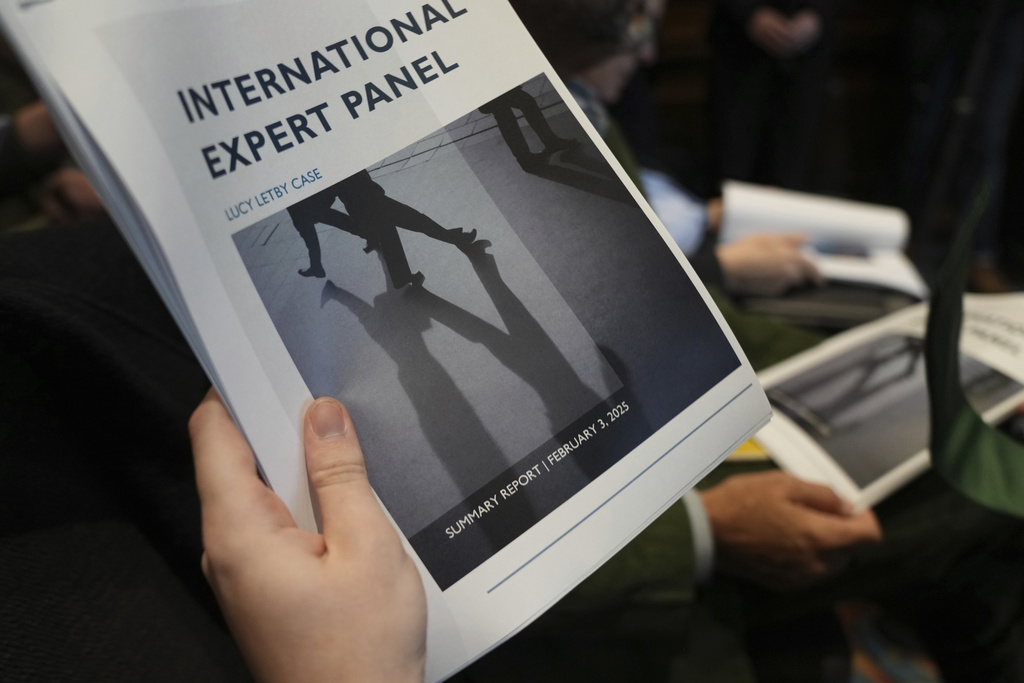
Defense lawyer Mark McDonald said there was now “overwhelming evidence” Letby was wrongly convicted and she’s “sitting in prison for the rest of her life for a crime that just never happened.”
“The reason Lucy Letby was convicted was because of the medical evidence presented to the jury,” McDonald said. “That today has been demolished.”
Letby has lost two bids to appeal her convictions, but her legal team has asked the Criminal Case Review Commission to examine her conviction, which could lead to another shot at an appeal.
The Crown Prosecution Service had no comment on the new medical panel’s conclusions.
Prosecutors previously said that two juries had convicted Letby and three appellate judges had rejected her arguments that the prosecution expert evidence was flawed.
The group of 14 international experts in neonatology and pediatrics who reviewed the medical records of 17 babies Letby was accused of harming found staffing levels inadequate at the hospital and a number of other serious problems.
They found medical workers were not properly skilled in resuscitation and inserting breathing tubes, lacked an understanding of some basic procedures, misdiagnosed ailments and acted slowly in treating acutely ill babies.
“I would say if this was a hospital in Canada, it would be shut down,” Lee said.
It was the second news conference held in part to challenge the conclusions of Dr. Dewi Evans, who was the prosecution’s key expert witness.
At a previous news conference, McDonald said that Evans was an unreliable witness because he later changed his conclusion on how three of the babies died.
Evans responded at the time that concerns over his evidence were “unsubstantiated, unfounded, inaccurate.”
Prosecutors said Letby left little trace when she killed babies and in some cases had injected air into their bloodstreams or stomach, causing an embolism.
But Lee, who wrote a 1989 academic paper on embolism, said Evans had misinterpreted his conclusions.
Evans diagnosed the babies with air embolism in the absence of finding another cause of death, Lee said. But Lee said embolism is very rare and the skin discoloration described at trial was not consistent with what is seen when there is an embolism.
“The notion that these babies can be diagnosed with air embolism because they collapsed and had these skin discolorations has no evidence in fact,” Lee said.
In the case of a baby Letby was accused of overfeeding, the panel concluded the child became sick from a viral infection and later recovered a week after being administered antibiotics.
A separate public inquiry into failures at the hospital that led babies to repeatedly be harmed is due to conclude next month. That probe is not examining evidence used to convict Letby but is aimed at accountability of hospital staff and management and looking at how parents were treated.

